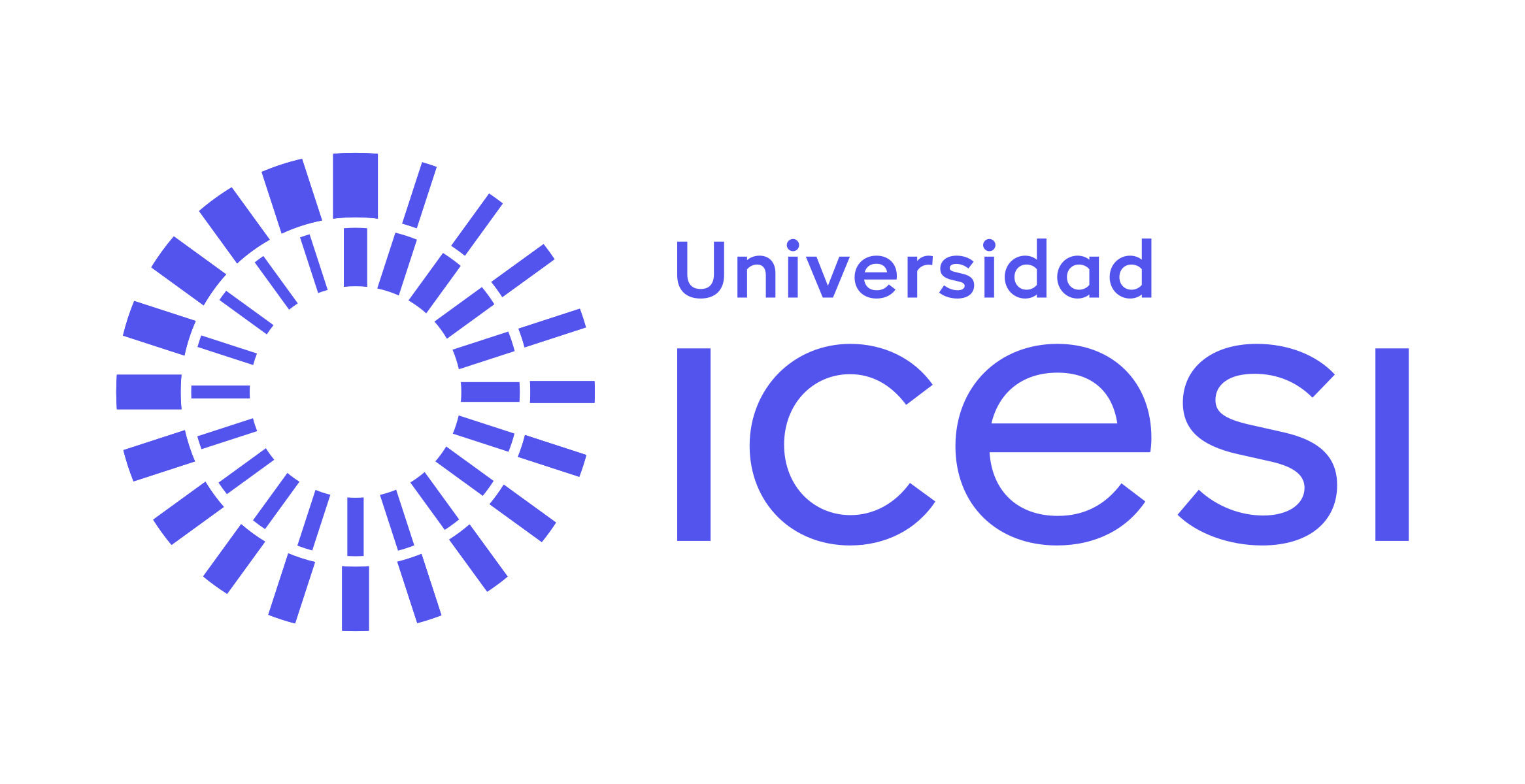Cost of Capital when Dividends are Deductible
Fecha
Autores
Director de tesis/Asesor
Título de la revista
ISSN de la revista
Título del volumen
Publicador
Editor
Compartir
Resumen
When calculating Tax Savings, TS we are confronted with a strange mix of accounting accrual and market value when involving TS in the calculation of the Weighted Average Cost of Capital, WACC or the Cost of Equity, Ke. Firms earn the right to TS once they accrue the interest expense and they actually earn the TS when taxes are paid. Tax savings and the discount rate () we use to calculate their value are involved in the calculation of WACC and Ke. Textbook WACC formulation is a very special and unique case that is not typical. Based on previous findings, we derive a general approach to those formulas that take into account any kind of TS related to the financing decision of a firm and any date when the TS is earned. These formulations can be used to introduce any type of externality that creates value through tax savings not captured by neither the cost of debt nor the cost of equity. In this paper we develop the formulations for Ke, the cost of levered equity and the average cost of capital when dividends, interest on equity or monetary correction of equity are deductible. This is the case of Brazil. We show that using the proper formulation the most known valuation methods, i) Firm value with Free Cash Flow and WACC for the FCF; ii) value with the Capital Cash Flow and WACC for the CCF; iii) equity value with the Cash Flow to Equity and Ke, the levered cost of equity plus debt; iv) Adjusted Present Value, APV are consistent and give identical results.

